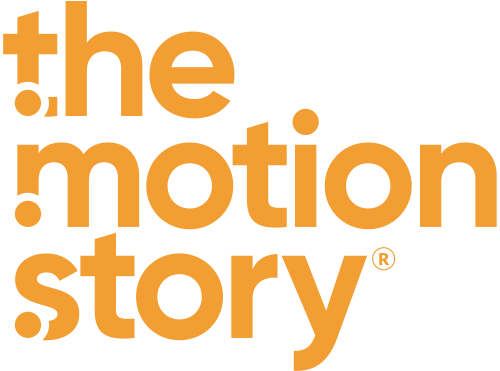Animation is a rapidly evolving and influential trend in the design industry. Here are some key trends and developments related to 3D animation in the design industry:
- Realism and Hyperrealism: The push for creating 3D animations that are incredibly realistic or even hyperrealistic continued to be a significant trend. This was especially prominent in industries like video games, movies, and product visualization.
- Augmented and Virtual Reality: With the growing popularity of AR and VR technologies, there was an increased demand for 3D animations that could be seamlessly integrated into these platforms for a more immersive experience.
- Character Animation: Character animation in 3D saw continuous growth and innovation, particularly in the fields of gaming, films, and virtual influencers. Techniques for creating lifelike character animations, facial expressions, and body movements were advancing.
- Motion Graphics: 3D animation was being integrated into motion graphics, making advertisements and promotional materials more engaging and dynamic.
- Simulation and Physics-Based Animation: The use of physics-based simulations to create realistic effects like cloth, hair, fluids, and particles became more common, leading to more lifelike animations.
- Non-Linear Animation: Tools for non-linear animation editing and interactive storytelling, where the viewer can control the narrative's direction, were growing in popularity.
- AI-Driven Animation: Artificial intelligence and machine learning were being used to automate certain aspects of animation, making the animation process more efficient and accessible.
- Environmental and Architectural Visualization: 3D animation was extensively used in architectural and environmental visualization for presentations, real estate, and urban planning.
- Minimalism and Abstraction: While realism was a significant trend, some artists and designers explored minimalism and abstraction in 3D animation, creating unique and visually striking pieces.
- Collaborative Tools and Cloud Rendering: Collaborative 3D animation tools and cloud rendering services were on the rise, allowing teams to work more efficiently and render complex scenes without requiring powerful local hardware.
- Sustainability and Eco-Friendly Design: As environmental concerns grew, some designers focused on using 3D animation to convey messages about sustainability and eco-friendly practices.
- Immersive Experiences: 3D animations were used to create immersive experiences beyond just gaming and VR, such as in museums, theme parks, and interactive installations.
The design industry is constantly evolving, and new trends emerge everyday. To stay up-to-date with the latest trends in 3D animation and design, it's essential to attend conferences, and engage with online communities focused on design and animation or just follow us on Instagram and keep visiting our website.

